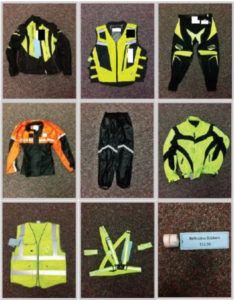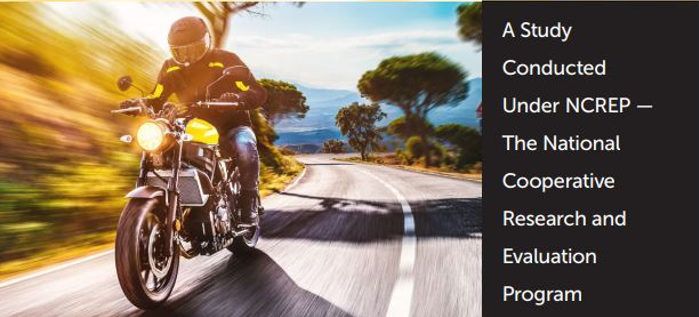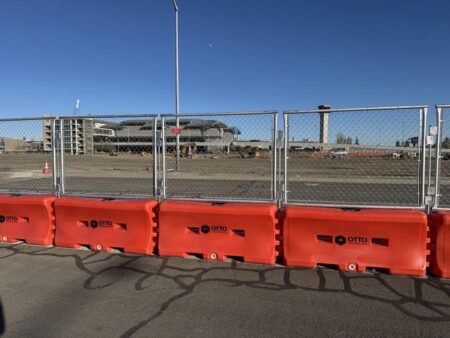The National Highway Traffic Safety Administration (NHTSA) has released a report examining why motorcycle riders choose to wear – or not wear – high-visibility gear and what can be done to encourage greater use rates.
The NHTSA notes that motorcyclists are far overrepresented in traffic fatalities, with more than 5,000 riders dying in crashes each year in the USA. Many of these collisions are attributed to a motor vehicle driver not seeing the motorcyclist, making rider visibility paramount to safety. Conducted as part of the National Cooperative Research and Evaluation Program (NCREP), which is managed jointly by the NHTSA and the Governors Highway Safety Association (GHSA), the research ‘Motorcyclists’ Attitudes on Using High-Visibility Gear to Improve Conspicuity: Findings From a Focus Group Study’ reports that most participants did not regularly wear such gear. Those who did wear the ideal safety gear explained their decision was based on having been in a crash with a motor vehicle or personally knowing another rider who had been affected.
A total of 18 focus groups of motorcycle riders in California, Maryland, Michigan, and Texas were conducted to explore their attitudes toward wearing high-visibility gear to increase conspicuity. In most groups, only one or two participants said they regularly wear high-visibility gear. Participants recommended increasing the acceptance of high-visibility gear among motorcyclists through:
- More attractive and appealing clothing, with a preference for retroreflective gear over bright colors;
- High-visibility elements being universally incorporated across all branded motorcycle gear;
- Clear educational messaging backed by statistics;
- Financial incentives such as insurance discounts;
- Gradual social norming, such as encouraging use during low-light conditions.
Based on the focus group discussions, several factors emerged as barriers to motorcyclists’ use of high-visibility gear. Many bikers were concerned that the look or style of the gear that did not fit in with their riding culture, even though they believe such apparel may be effective for increasing conspicuity. Another barrier to use of high-visibility gear was riders’ skepticism that high-visibility clothing provides enough of a safety benefit to warrant its use and cost. In addition, many participants expressed the belief that high-visibility gear would not improve safety, largely because of the perception that motorists are distracted anyway, with several suggesting that the onus should be on drivers to look for motorcyclists.
GHSA member State Highway Safety Offices (SHSOs) are concerned about motorcyclist safety and working hard to reduce the number of crashes, injuries and fatalities involving them. Understanding why riders do or do not wear high-visibility gear will assist SHSOs in their messaging and outreach to the motorcyclist community. NCREP is a portfolio of research projects that are selected by SHSOs to help inform state policy, planning and programs on top traffic safety issues.





